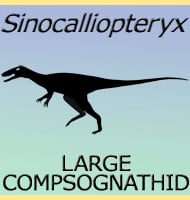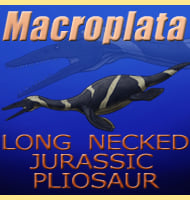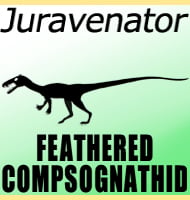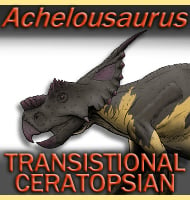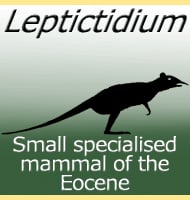In Depth
Iberospondylus is a genus of temnospondyl amphibian that lived in the Iberian Peninsula of Spain during the late Carboniferous. Two interesting points about Iberospondylus are that the genus is one of the oldest known, and extends the range of such creatures living in Spain by forty-five million years. Additionally, fossils of Iberospondylus have been recovered from coastal sediments, raising the possibility that Iberospondylus may have hunted is salt water. Previously this has been thought to impossible due to salts in sea water passing through the skin of an amphibian through osmosis. But if Iberospondylus found a way to adapt then this would force a serious rethink about what we thought we know.
There could however be two more mundane explanations to explain the presence of temnoposndyl amphibians on the coast. One could be that the bodies of dead Iberospondylus were simply washed downstream and deposited before they were swept all the way out to sea. Another could be that Iberospondylus were simply hunting in freshwater lagoons near the coastline. Freshwater lagoons however may actually be a clue to how a species could develop tolerance for salt water. With a ‘salt’ level somewhere between what is between a fresh land deposit and what is in the sea, successive generations of a species might be able to develop an increased tolerance to the salts before entering waters with higher concentrations.
As always there are more questions and theories than definitive answers, but nature has a way of proving long established ideas wrong, and there is no telling what might be discovered in the future.
Further Reading
- The oldest stegocephalian from the Iberian Peninsula: evidence that temnospondyls were euryhaline. -Comptes Rendus de l’Acad�mie des Sciences, Series III - Sciences de la Vie 324(5):495-501. - Michel Laurin & Rodrigo Soler-Gijon - 2001.


